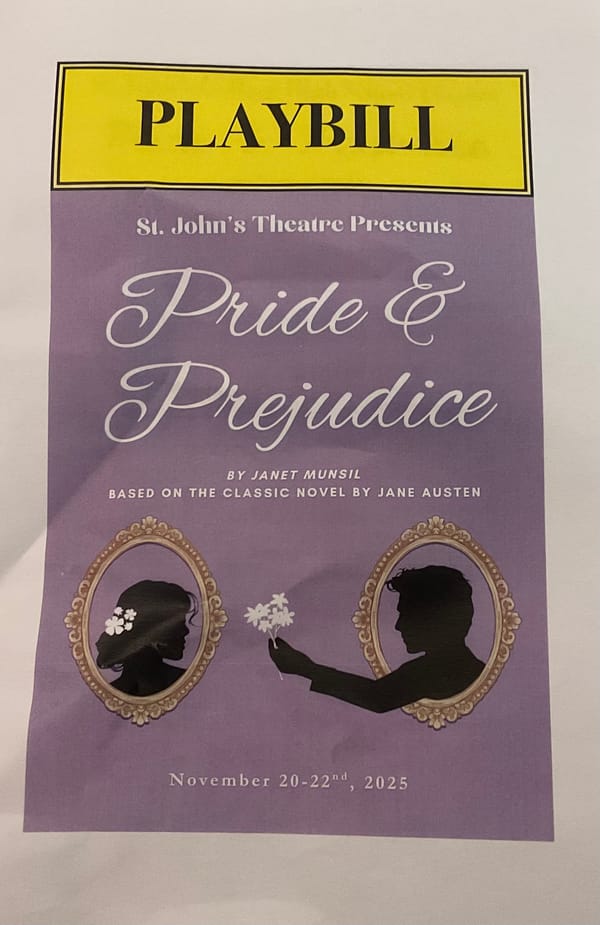Film Club bring in AU professor to teach how to film a movie on your iPhone

On Friday, April 4, the SJC Film Club met at their usual time and place—3:00 p.m. in Innovation Hall—but switched up the usual agenda. Instead of watching a movie, the SJC Film Club welcomed Kylos Brannon, a professor of film and media arts at American University. Mr. Brannon, who has spent 17 years in his position at American University, has also had experience working as a VJ and producing media for the Smithsonian.
Before teaching students how to create a professional film on their phones, Mr. Brannon discussed the importance of filmmaking. He believes that creating more media helps a person become more informed. There are many different reasons for making a film, as it is a very personalized experience that allows one to express themselves. Films can be used for many purposes, including activism, entertainment, or simply for fun.
The benefits of using a phone instead of professional equipment were also discussed. There were many convincing reasons, including cost. Since phones are already used daily, the additional cost would only be for editing and filming apps, compared to professional equipment, which starts at a few hundred dollars.
Mr. Brannon started by explaining that the first part of the process is to set up the phone. This includes making sure the phone is fully charged, switching to airplane mode, turning off Wi-Fi and Bluetooth, removing any extra media, and cleaning the lens. Additional tasks that make filming easier include bringing a portable charger, determining whether to shoot vertically or horizontally, and testing the sound and image.
Mr. Brannon covered control, exposure, and sound—key elements in shaping what is being shot. He then talked about and showed examples of different types of shots. These include: Extreme Wide, Wide, Medium Shot, Close-Up, Extreme Close-Up, as well as Low Angle, High Angle, and Over-the-Shoulder.
He continued by explaining and demonstrating different types of camera movement. These include: Dolly In/Out, Tilt Up/Down, Pan Left/Right, Truck Left/Right, and Crane Up/Down. He also mentioned the standard Zoom and the Zoom Dolly, also known as the Vertigo Shot, for its use in Alfred Hitchcock’s classic 1958 thriller. Mr. Brannon also discussed “coverage,” which refers to the various camera angles and timing used to film a scene. He went over five types of cuts: Hard Cut, Jump Cut, Match Cut, J Cut, and L Cut. He ended his presentation with app recommendations for both filming and editing. Apps for filming include Filmic Pro and Blackmagic. Apps for editing include LumaFusion, DaVinci Resolve, and CapCut.
Students who attended this special meeting of the Film Club asked thoughtful questions. One student asked how to work around external factors like the sun when filming. Mr. Brannon’s answer was to lower the exposure or simply move.
When asked why Ms. Brillante decided to change the regular agenda of the Film Club, she said it was so students could gain a deeper understanding of what they watch and to encourage them to explore their creativity and different interests. The meeting ended with Mr. Brannon telling the students that as they think about their future, they should follow their own interests—just as he did.



